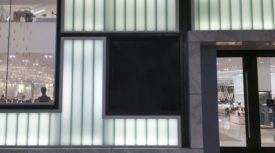Building Envelope
Sponsored by GAF
CEU: High-Performance Cold Storage Roof Design
Bundle Up, It’s Cold Inside!
March 1, 2023
Multiple Aesthetics: Removing the Complexity
Modern, Multi-Textured Facades Are Well Within Reach
March 1, 2023
Enhance your expertise with unparalleled insights.
Join thousands of building professionals today. Shouldn’t you know what they know?
SUBSCRIBE TODAY!Copyright ©2024. All Rights Reserved BNP Media.
Design, CMS, Hosting & Web Development :: ePublishing














